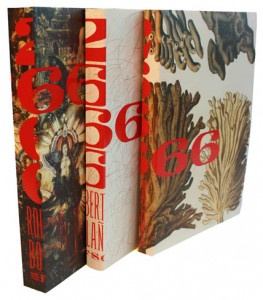Footnotes: New Directions in David Foster Wallace Studies
“These academics’ arguments seem sound as far as they go . . “—Infinite Jest
The critical discussion of David Foster Wallace has thus far been limited to a few aspects of his most popular works. Our conference seeks to expand the response beyond the popular imagination’s categories of “difficult, postmodern, and genius,” and beyond the author’s own articulation of his project as a response to irony. We invite a reconsideration of Wallace with an emphasis on new perspectives of his entire oeuvre.
The Graduate Center of the City University of New York is pleased to announce a one-day conference devoted to the discussion of Wallace’s work, to be held Friday, November 20th 2009, from 9 am to 5 pm. Please send your abstracts of no more than 250-words by August 15th, along with contact info and institutional affiliation (if any), to: footnotesconference@gmail.com .
We welcome papers exploring any aspect of Wallace’s work. Some suggested directions:
1) Reconsideration of Wallace’s Oeuvre: Papers examining Wallace’s neglected early works Broom of the System and Girl with Curious Hair; new perspectives on Infinite Jest; the direction of Wallace’s later work.
2) Wallace’s Literary Context: The reception of Wallace’s work and the way his image has been shaped by his fans, the media, and the academy; examinations of Wallace’s relation to his literary forebears, both 20th century and earlier; Wallace outside the bounds of “postmodernism;” Wallace’s influence on contemporary literature.
3) Theorizing Wallace: Wallace’s treatment of language and formal or figurative qualities in Wallace’s writing; applications of narrative theory to Wallace’s texts or consideration of his narrative innovations; Wallace’s analytic, phenomenological, or existential contexts; treatment of the self and subjectivity; relation to ethics/values/morality; feminism and gender issues.
4) Interdisciplinary Approaches to Wallace: The use of math, logic, philosophy, science, technology, politics, sociology, psychology, law, etc. in Wallace’s work; pedagogical issues related to Wallace’s work.

